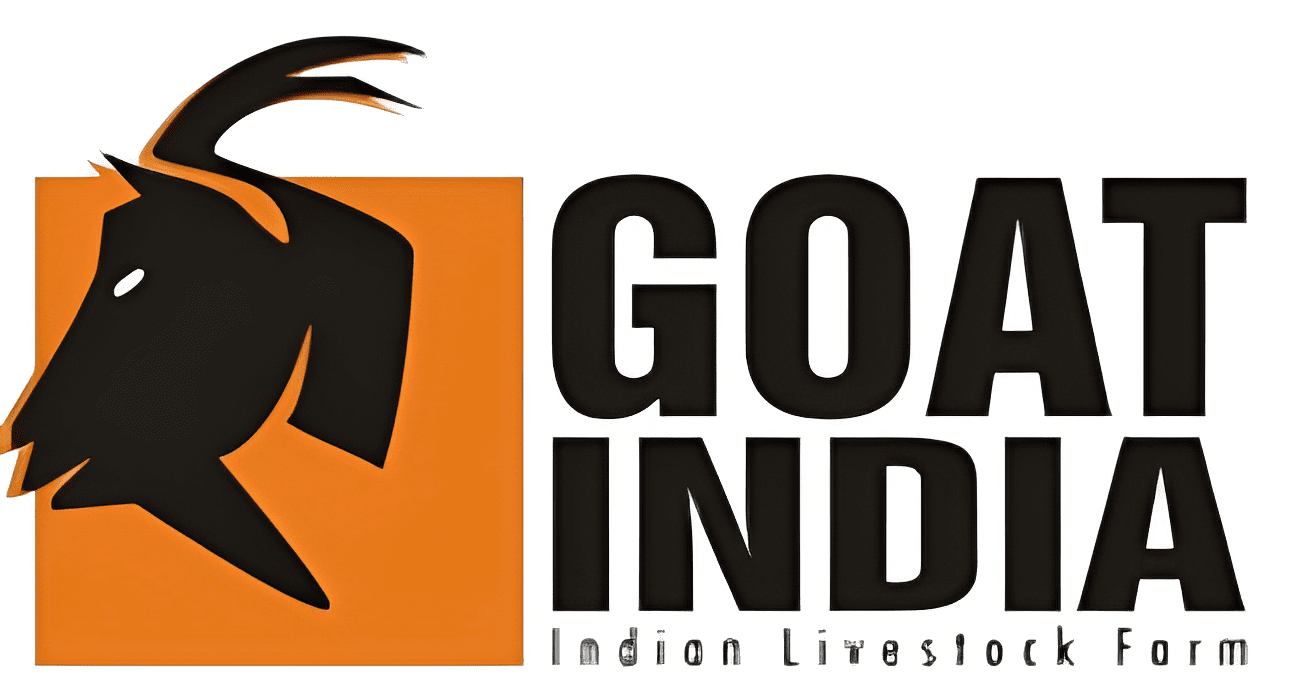
Toggenburg Goat Breed Guide
The world’s oldest recognized dairy breed from Switzerland, now adapted for Indian goat farming operations. Learn comprehensive management techniques for this medium-sized, high-quality milk producer with distinctive markings and excellent cold climate tolerance.
Toggenburg Performance Metrics
Average Daily Milk Production
Average Lactation Days
Average Doe Weight
Year Herdbook Established
Physical Appearance
Compact, sturdy build with powerful legs and lean body. Straight or slightly dished face with large forehead. Both sexes have beards, wattles, and alert upright ears. Medium-sized breed smaller than other Alpine breeds.
Distinctive Markings
Unique Swiss markings: white ears with dark spots, white legs from hocks/knees down, two white facial stripes from above eyes to muzzle, white triangle patches near tail. These markings are breed identification features.
Size Specifications
Adult does weigh minimum 55kg, bucks significantly heavier. Medium-large size with balanced proportions. Udder is well-attached with properly positioned teats suitable for both hand and machine milking.
Coat & Temperament
Short to medium-length smooth coat with longer, lighter fringe on back and hindquarters. Docile, friendly nature with good adaptability. Alert and vigorous behavior makes them excellent dairy animals.
Daily Milk Yield
Average production of 2-3 liters per day with proper nutrition and management. Some exceptional does can produce higher yields under optimal conditions. Consistent production throughout lactation period.
Milk Quality
High-quality milk with good fat and protein content. Excellent for cheese production and dairy products. Superior nutritional profile compared to regular cow milk with better digestibility.
Lactation Period
Extended lactation of 280-300 days with proper management. Peak production occurs 4-6 weeks after kidding. Gradual decline in later lactation months requires nutritional support.
Production Factors
Production directly linked to feed quality, housing conditions, and health management. Climate stress can reduce yields. Regular milking schedule essential for maintaining production levels.
Shelter Requirements
Well-built, secure housing with strong ventilation system. Adequate light and air circulation essential. Protection from heat stress more important than cold protection in Indian conditions.
Feeding Guidelines
High-quality hay, fresh pasture, and grain concentrate feed required. Clean, dust-free fodder essential. Protein, minerals, and vitamins must be balanced. Continuous access to clean drinking water mandatory.
Climate Adaptation
Low heat tolerance but excellent cold resistance. Prefer temperatures between centre and north Indian regions. Extra shade and cooling systems needed in hot climates. Winter housing can be minimal.
Space & Infrastructure
Individual stalls with wooden platforms recommended. Concrete floors with slight slope for drainage. Straw bedding changed regularly. Moisture control critical for disease prevention.
Health Management
Regular vaccination against common diseases essential. Professional veterinary care for reproductive health. Higher feed conversion efficiency compared to other breeds. Monitor for heat stress symptoms.
Breeding Program
Seasonal breeding patterns with good reproductive performance. Select breeding stock based on milk production records and breed characteristics. Genetic improvement through planned breeding.
Commercial Suitability
Excellent for commercial dairy operations due to consistent production and minimal special care requirements. Good market demand for quality milk. Suitable for both grazing and stall-feeding systems.
Economic Benefits
Lower maintenance costs compared to high-maintenance exotic breeds. Good feed conversion rate provides economic advantages. Premium milk pricing possible due to quality and limited supply.
Essential Farming Knowledge
Breed History
World’s oldest recognized dairy goat breed originating from Obertoggenburg, Switzerland. Herdbook established in 1890. Selective breeding for color patterns, conformation, and production traits continued throughout the 20th century.
Nutritional Requirements
High-energy diet with 14-16% crude protein for lactating does. Quality roughage foundation with concentrate supplementation. Mineral mixture including calcium, phosphorus, and trace elements essential for milk production.
Indian Adaptation
Best suited for hill stations and cooler regions of India. Requires climate-controlled housing in hot areas. Successful adaptation reported in northern India, Himachal Pradesh, and higher altitude areas of southern states.
Breed Comparison Analysis
| Parameter | Toggenburg | Indian Indigenous Average | Other Swiss Breeds |
|---|---|---|---|
| Daily Milk Production | 2-3 liters | 1-2 liters | 3-4 liters |
| Lactation Period | 280-300 days | 180-240 days | 300-350 days |
| Adult Doe Weight | 55kg minimum | 25-40kg | 60-80kg |
| Heat Tolerance | Low | High | Low |
| Feed Conversion | Good | Excellent | Good |
| Disease Resistance | Moderate | High | Moderate |
Start Your Dairy Goat Journey
Transform your farming operation with proven Toggenburg management strategies
Frequently Asked Questions
| Question | Answer |
|---|---|
| Are Toggenburg goats suitable for Indian climate? | They are best suited for cooler regions and hill stations in India. Hot climate areas require specialized cooling infrastructure for successful adaptation. |
| What makes Toggenburg milk special? | High protein and fat content, excellent for cheese production, and superior digestibility compared to cow milk. Premium quality commands higher market prices. |
| How do I identify authentic Toggenburg goats? | Look for distinctive white markings: white ears with dark spots, white leg markings, facial stripes, and tail patches. Verify with certified breeding records. |
| What is the minimum flock size for commercial operation? | Start with 20-25 does for viable commercial dairy operation. This allows for economy of scale in housing, feeding, and health management. |
| Do Toggenburg goats require special veterinary care? | Standard goat health protocols apply, but monitor for heat stress. Regular vaccination, deworming, and hoof care essential. Reproductive health management critical for dairy operations. |

